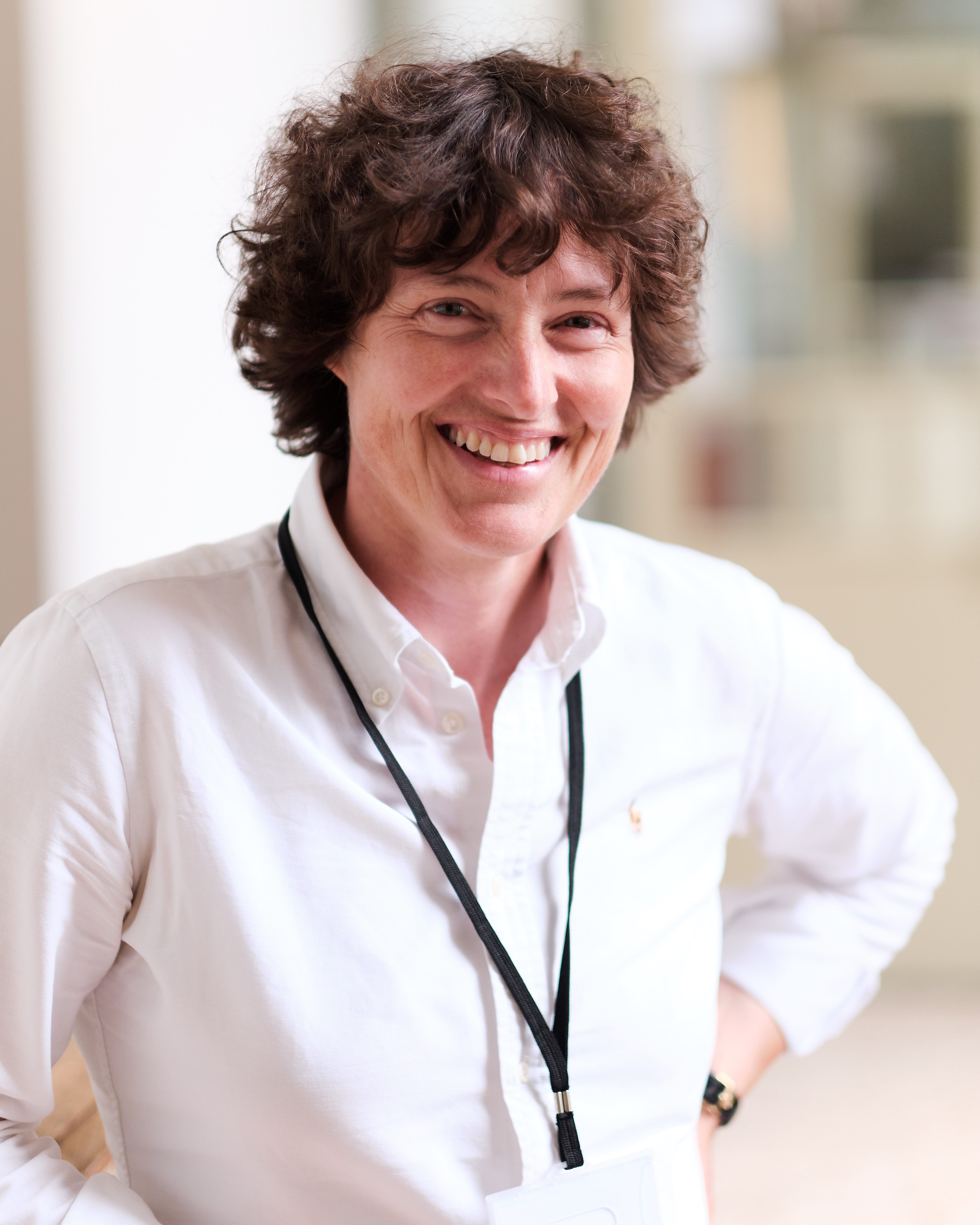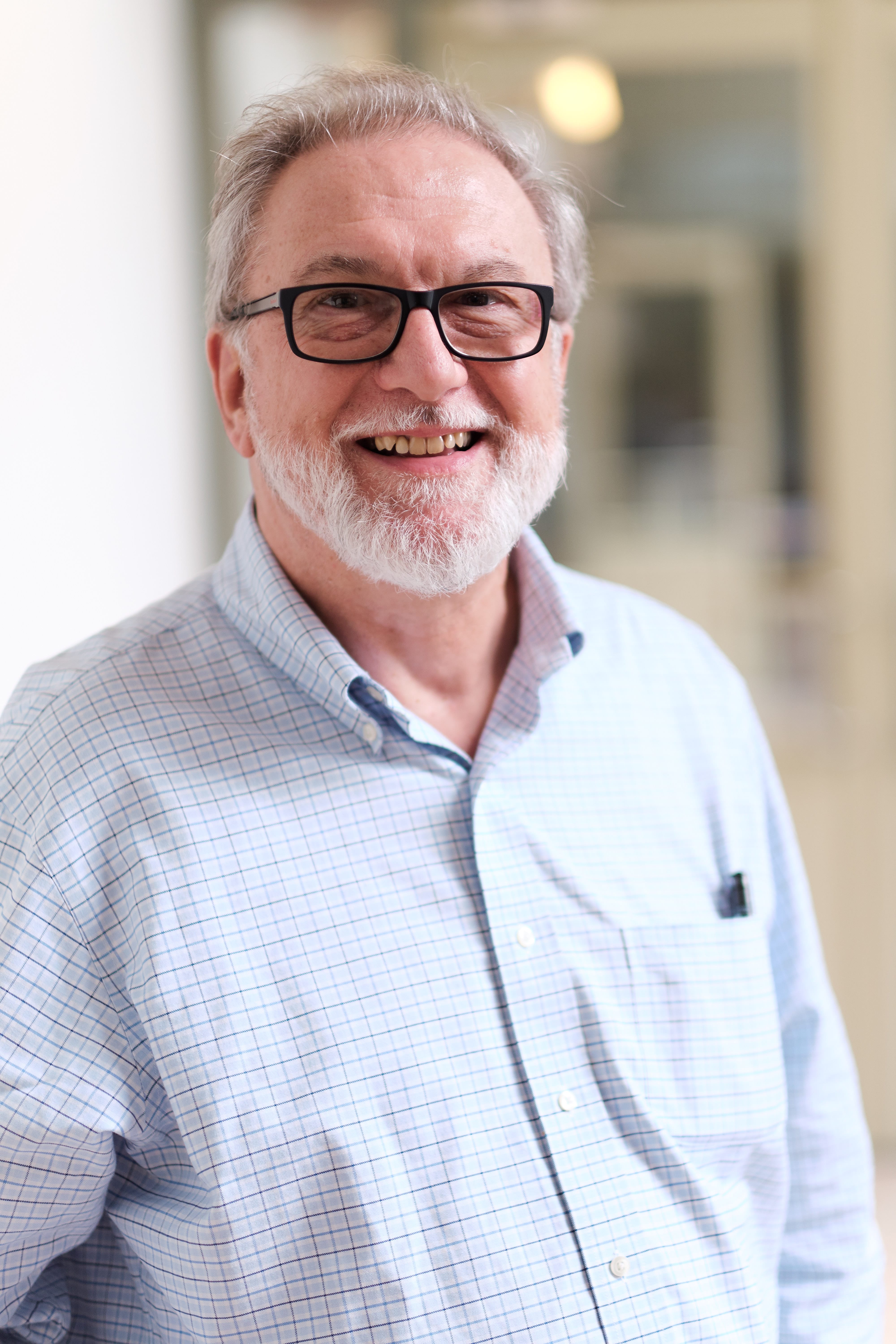This is the third and last of a series of three interviews with prominent scholars looking at Synthetic Cell research from different perspectives. This time: Prof. Petra Schwille (Max Planck Institute of Biochemistry) and Prof. Hagan Bayley (University of Oxford).
‘Fundamental goals will bring us forward‘
“Scientific breakthroughs are often achieved in individual labs, but some exceptional challenges require large communal efforts”, says Oxford Professor of Chemical Biology Hagan Bayley. Putting a man on the moon. Unravelling the human genome. And now building a synthetic cell. “That is something a lot of scientists have been dreaming of”, says Professor Petra Schwille, Director at the Max Planck Institute of Biochemistry. Schwille and Bayley are two of the promoters of the Synthetic Cell Initiative’s proposal for a European Flagship.
Life is thought to have originated from non-living building blocks, but can we reproduce this process in the lab? Petra Schwille has always been fascinated by the difference between living and non-living matter. “Can we build a system that mimics a cell, that is alive but nothing more? What, then, are the core functions such a system has to be able to perform? That is not just a question of biology; it is a fundamental issue that touches on the origins of life and what ‘being alive’ means.” The search for answers has been stimulated by biotechnological breakthroughs of the past decades, such as single-molecule technology. “We can now sense and manipulate individual molecules in order to find out which of the many molecules in cells are required for basic life functions like metabolism and replication, and how these interact.”
Various European research groups have been working on the synthetic cell challenge. A precursor was a collaboration under the EUROSynbio programme, where Schwille and TU Delft’s Cees Dekker were involved in a project on bacterial cell division. In 2014, the German Max Planck Institute launched their MaxSynbio initiative in response to a call from the Federal Ministry of Education and Research for radically new approaches to synthetic biology. Then, in 2017, Dutch research consortium BaSyC received a grant from the Gravitation programme of the Netherlands Organisation for Scientific Research (NWO). Schille: “With MaxSynbio we knew we wouldn’t be able to achieve building a cell in five years, so we didn’t mention that explicitly in our programme.” BaSyC, short for Building a Synthetic Cell, is unequivocal about its aim.
Flagship
Nevertheless, even with both programmes jointly totalling over 50 million euros, it won’t be enough. “There is simply too much left to do. That is why we have now joined forces to try and obtain a higher level of funding. A European Flagship is the right scale to achieve it”, says Schwille. What binds the Dutch, German and other European researchers is their bottom-up approach: “We want to synthesise cells from scratch. We are trying to define the basic building blocks of life and make them work together to build a functioning cell. That is a fundamental strategy, that is why we are driven by quantitative sciences and we have a lot of physicists and chemists in our midst.” This in contrast to the top-down approach where biotechnologists are experimenting with the insertion of foreign DNA into simplified cells – an strategy seen as more ‘hit-and-miss’.
Schwille’s own research involves membranes. The formation of membranes is seen as an essential step in the transition from non-life to life. “It is one of the most exciting fields I have ever worked in”, she enthuses. “Membranes undergo transformation to create inner cell compartments, they also divide. The most dramatic transformation of a membrane is at the moment of cell division. How do the protein machineries involved operate at that relatively huge scale of many microns. How do processes at that scale get regulated?” A fundamental approach to a synthetic cell would necessarily involve membranes. “A few years ago people got very excited about non-membrane phase compartments, including fluid compartments within fluid compartments. But I consider the membrane indispensable for the formation of life. So what is the driving force for membrane formation and how can you make them undergo Darwinian evolution?”
Synthetic tissues
Hagan Bayley is already taking the research a step further, in the direction of synthetic tissues. “Though synthetic cells are by no means a finished article, we developed a way to 3D print such cells. At the moment these are not much more than water-filled compartments the size of a cell, separated by membranes.” That is just the beginning. “Tissues or organs have emergent properties, where the cells work together to do things an individual cell can’t achieve. That means they have to be able to communicate with each other and with the outside world through the exchange of electrical or chemical signals. Our aim is to get thousands of synthetic cells to work together, just like tissues in the body.”
Bayley and his colleagues have already succeeded in printing delicate biological materials into three-dimensional objects on a millimetre scale. They’ve also managed to make such synthetic tissues mimic muscle movement by folding and unfolding, and mimic neural tissue by transmitting electrical signals. “Our droplets can contain anything you want, and in the future we will be able to build many additional functional properties into synthetic tissues including several that do not occur in nature”, he says.
Usefulness
Bayley is convinced synthetic cells and tissues are set to become very useful. “In the relative short-term, they could be used as factories to make drug molecules, for example. Some of these molecules are very unstable, so ideally you would produce them at the site in the body where they are needed.” In the longer term he envisages synthetic tissues that will be able to repair organs in the body. “There is a continuing shortage of donor organs. Besides, wouldn’t it be better to repair organs at an earlier stage, rather than wait until you need a transplant?”
Though all this may still be a long way off, Bayley believes it is a fair question to ask where the research could be leading. He likes to compare synthetic biology to organic chemistry. “That is a very mature research field, that uses chemical reagents to make molecules. It has become invaluable to the chemical industry. We’re hoping that we can achieve a similar outcome in biology, so we can use a wide variety of biological parts to build synthetic cells.” So that synthetic cells and tissues can be adopted in biotechnology and medicine, they must become simple, cheap and safe. “Sequencing the first human genome cost billions. The price has since gone down to below a thousand dollars, meaning everyone can get their DNA sequenced. We don’t want to end up with synthetic cell therapies costing millions, like many of the new cancer therapies, for example. It is critical to drive costs down.”
Fundamental mission
For Petra Schwille understanding the essential building blocks of life is all important:. “Of course, the first moon mission also produced a lot of by-products, knowledge and spinoffs. A lot of technologies that are being developed in the course of our research will become important, like forms of 3D printing and assembly at the nano level. But my mission is fundamental”, she says. She prefers not to claim the impossible. “We all know how important cancer research is, but if you claim you are going to find a cure, we all know that is not going to happen. Understanding what life is, and building a synthetic cells are goals you can formulate. Such fundamental goals will bring us forward.”

